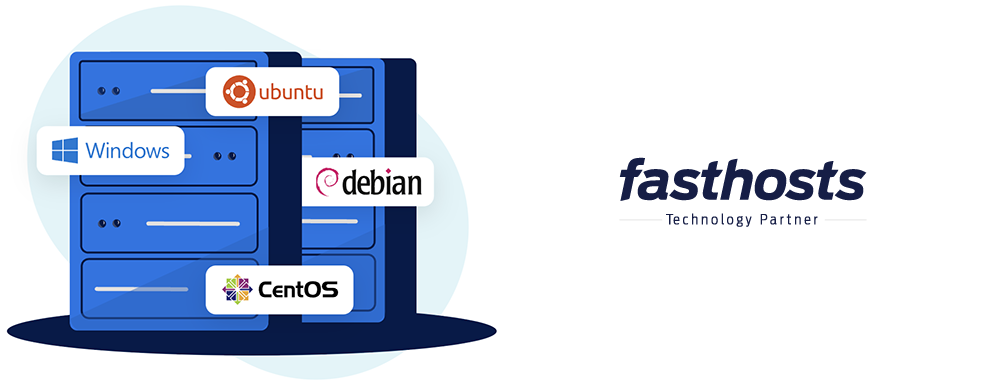Category: DevOps
All articles categorised as DevOps.
All articles categorised as DevOps.
As a Fasthosts technology parter, I was lucky enough to tour the Fasthosts data centre last December. During the tour, I learned that they were planning on improving their VPS product this year with 1Gbps bandwidth and new storage VPS plans.
Even with the knowledge of the improvements they were planning to make, I was excited when they announced a brand-new “2nd edition” VPS. After purchasing one, I discovered they are running on an entirely new platform, which is free of VMware.
In this article, I’ll review Fasthosts’ new “Edition 2” VPS offering, much like I reviewed the 1st edition.
If I had a bucket list, this would be on it.
Last week I had the privilege of being invited to tour the new Fasthosts / IONOS data centre here in the Midlands (Worcester) and I jumped at the chance.
I got to see “back stage” of the purpose-built facility where Fasthosts build and host the 10,000+ servers that power the company’s web and email hosting, CloudNX and virtual server platforms, and dedicated/bare metal servers.
DevOps , Reflections Read more
The Fedora Linux project this week released their latest incarnation: Fedora Linux 39.
It is available for download now in the core Workstation, Server, Cloud and IoT flavours.
This article explains how to upgrade a previous version, such as Fedora 38, to the latest release.

I have hosted my website and applications on a Fasthosts VPS since September 2019. Each year, I have upgraded my VPS to a current model.
What has kept me hosting with Fasthosts for nearly 3 years, and confident in their services that I can recommend them to others?
This article answers those questions and dives into the Fasthosts VPS product to create an honest review from a real, current customer.

Updates for devices running the Linux operating system come in the form of packages. Using the Linux system’s package manager, you install new packages and upgrade them as new versions are released.
Now sure you can log onto each Linux device and run apt update && apt upgrade, or dnf update, depending on your distribution. But what if you have several – even hundreds – of devices to keep updated? And how do you know what new updates are available?
It’s been over a year since the last update to Solid Tools for Developers – my suite of online tools for developers, system admins and network managers.
Yesterday I published my latest release to soliddevtools.com which gives the suite a fresh makeover and a few improvements to the tools.
DevOps , Software Development Read more
Google is the registry behind the new .dev TLD – the ultimate vanity domain for developers.
The .dev extension has historically been used by developers fudging their host files to create realistic-looking development environments. Now, .dev is open in Early Access Preview to allow the world to register their .dev domains.
DevOps , Software Development Read more
My first post of 2019 is a tutorial that’s all about the cloud.
I’m going to show you how to deploy a PHP application with a MySQL database on a cloud server from UpCloud. I’ll be using the brilliant RunCloud control panel to deploy my PHP photo gallery – Blue Twilight – to an UpCloud server.
My friends over at UpCloud have provided an awesome promo-code for free credit to try out their service. Details at the end of the article.
DevOps , Software Development Read more
The Ubuntu team will this week release Ubuntu Server 18.04.1, the first minor revision to 18.04 since its release on April 26th.
Following the release on July 26th*, Ubuntu 16.04 machines everywhere will soon start to get notifications that a new release is available to upgrade to.
In this article, I’ll show you how to upgrade Ubuntu 16.04 to 18.04 using the command-line. This can be used on all Ubuntu derivatives, but is mostly aimed at Server installs that do not have a graphical interface.
The new EU data protection legislation, GDPR, mandates that every reasonable effort and technology is used to protect personal data. It even goes as far as specifying encryption. The open-source database MariaDB (a drop-in, compatible replacement for MySQL) has supported “encryption at rest” since version 10.1. Use MariaDB encryption to satisify the GDPR recommendation of using encryption to protect your personal data.
Let’s have a look at what it can do and how you can set it up. You won’t have to make a single change to your website or application!